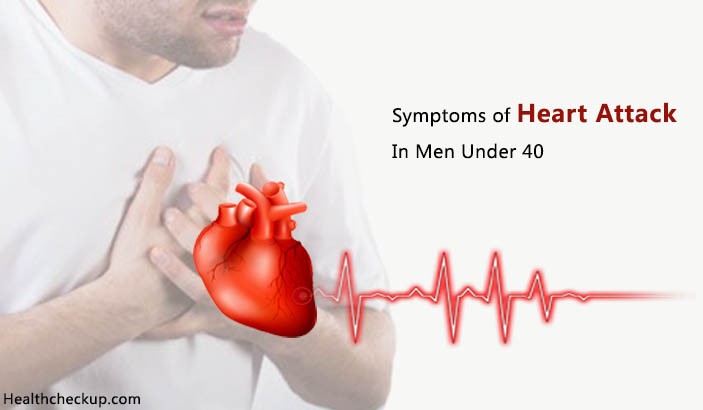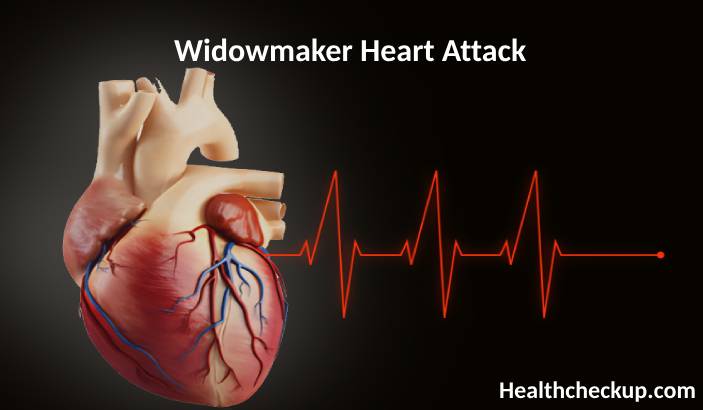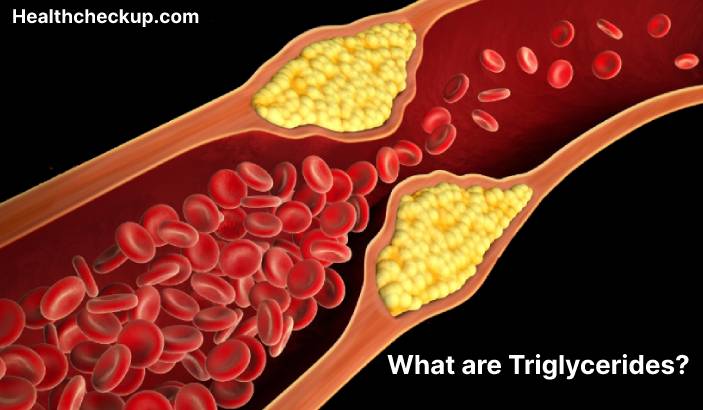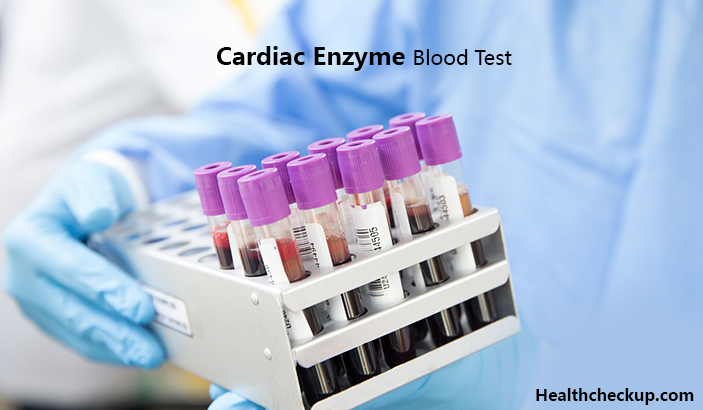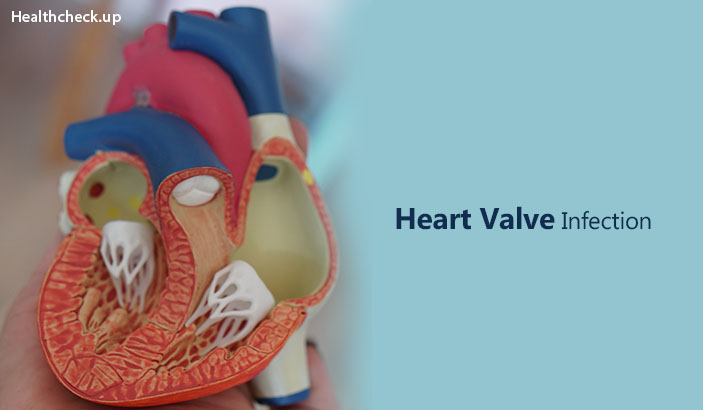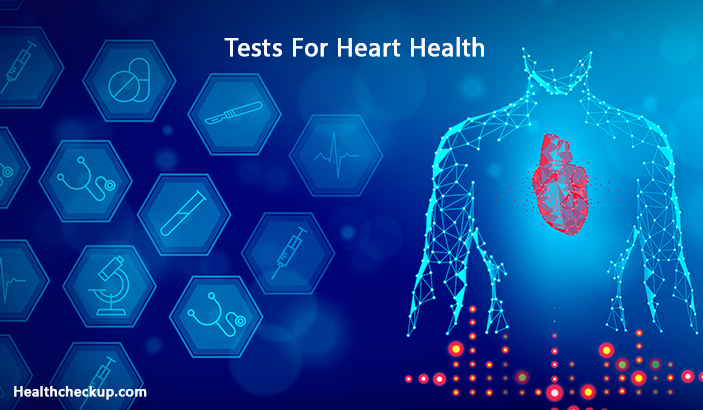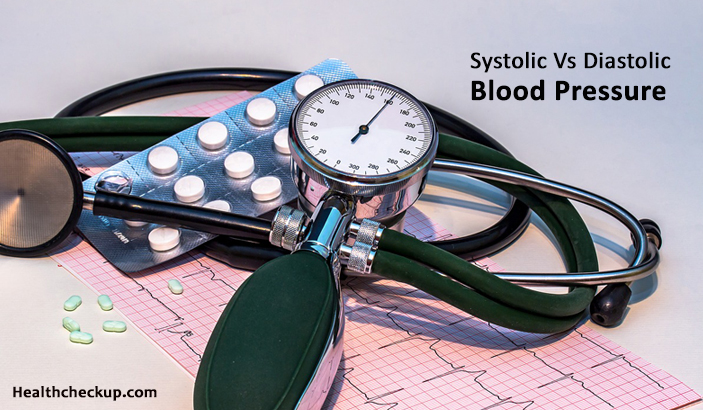It is a well known fact that the heart is the most important organ of our body. It is impossible for anybody to survive without a properly functioning heart. The heart provides the necessary blood supply to all other organs of the body. Any increase or decrease in blood supply results in a disturbance in the economy.
The heart is divided into 4 chambers – 2 atria and 2 ventricles. Atria receive blood and ventricles pump out from the heart. These chambers are separated from each other by septa. The atria are separated from ventricles with the help of valves.
The left ventricle is mainly responsible for pumping oxygenated (pure) blood into the aorta (the largest artery in the body. All other arteries arise from the aorta). The aorta also has a valve in its lumen which prevents blood from returning back to the ventricles.
The Sino Atrial Node (SA Node) produces electrical impulses which cause the heart muscles to contract and relax. Contraction and relaxation enable the heart to pump blood. This nose is primarily responsible for the electrical activity of the heart.
While the heart is responsible for pumping out blood for supply to other vital organs, the heart itself has its own blood supply. The main arteries supplying blood to muscles of the heart are
- Left Anterior Descending Artery (LAD) – Supplies blood to anterior and lateral portions of the heart and the apex of left ventricle.
- Circumflex Arteries (RCx and LCx) – Supplies blood to posterior, lateral (sides) and inferior segments of the left ventricle. In 90% patients, the right circumflex artery is dominant and provides blood supply to the Sino Atrial (SA node) and Atrioventricular (AV node) nodes.
What is A Heart Attack?
In medical terms, a heart attack is called Myocardial Infarction. Myocardial meaning muscle of the heart and infarction meaning the death of a tissue or muscle due to block in blood and oxygen supply
A sudden reduction in blood supply (leading to reduced oxygen) to a heart muscle resulting in damage to heart muscles is called a Heart Attack.
In a heart attack, there is a block in one of the main coronary arteries. The degree of infarction depends upon which blood vessel is being obstructed. A small blood vessel will cause damage to a small portion of the heart muscle. Whereas a main coronary artery obstruction will result in greater damage. This damaged portion is replaced by a scar tissue.
Background and Statistics:
Heart diseases are the leading causes of death worldwide, in both men and women. It is also the leading cause of death in India according to Global Burden of Disease Statistics.
-
- According to Indian statistics, 275 million individuals of age 15 years or above consume tobacco. At least 35% adult population use tobacco, a higher prevalence was seen in the eastern states. Smoking was found to be higher in men. There has been an alarming increase in smoking among individuals in the age group of 20-35 years.
- In spite of a belief that Indian population is vegetarian, there is low consumption of fruits and vegetables. The National Family Health survey interviewed about 156316 individuals. Surprisingly, half of the population under study consumed one or no serving of fruit in a week.
Reason being, the cost of vegetables and fruits is too high for people belonging to low socioeconomic strata. In addition, vegetables are overcooked before consumption leading to loss of nutrients and anti-oxidants. - The National Sample Survey Organization concluded that the amount of intake of total trans-fat had become higher, both in urban and rural areas. Consumption of carbohydrates was found to be adequate due to adequate intake of grains.
- The Indian Council of Medical Research conducted a cross-sectional study for physical activity in 14227 individuals of 20 years or more. The results concluded that:
- 1 out of 2 individuals were physically inactive.
- Less than 10% of studied population engaged themselves in some recreational activity.
- Women in the urban areas were physically inactive.
- An inverse relation was observed. Individuals from the low socio-economic group had higher levels of physical activity.
- The prevalence rate of hypertension in the adult Indian population was 38% in urban and 24% in rural areas. It appeared to be higher in north-eastern states
- The prevalence rate of diabetes mellitus has doubled in the last 20 years. A study conducted in 2013 by the International Diabetes Federation estimated that about 65.1 million Indians were suffering from diabetes mellitus. It was found to be more prevalent in southern states.
- Serial studies have found a rapid increase in the level of cholesterol and triglycerides in the Indian population.
A study of all risk factors led to the conclusion that, in India, the risk for cardiovascular diseases increases with age, especially once they reach 30-39 years age group. A higher incidence was found in men.
It is Quite Clear from The Statistical Information that Potential Risk Factors for Heart Attack in Men Under 40 are:
- Tobacco chewing and smoking
- Obesity and overweight
- Physical inactivity
- Inappropriate dietary habits – low fruits and vegetables intake, drug dependence, excess alcohol consumption.
- Family history or genetics
- High blood cholesterol levels
- High blood pressure
- Diabetes Mellitus
- Atherosclerosis
- Valvular heart disease
Symptoms of Heart Attack in Men Under 40
- Chest Pain – Often defined as tightness in the chest or a heavy feeling in the chest, usually on the left side or behind the sternum.
- Chest pain radiates to the jaw, left shoulder and arm and rarely to the back.\
- In diabetic individuals having uncontrolled blood sugar levels, chest pain may occasionally not be felt as a part of diabetic neuropathy.
- Sweating and palpitations
- Shortness of breath
Presenting symptoms of heart attack may vary from person to person.
Tests to Detect Heart Attacks:
- An electrocardiogram is the sole diagnostic tool for quick detection of myocardial infarction. Specific changes in the ECG reflect damage to specific areas of the heart.
- Cardiac Enzymes – When the heart muscle is damaged due to less blood and oxygen supply, the heart muscles release certain enzymes. Cardiac enzymes are troponins and myoglobin (CPK-MB). These enzymes rise in 2-4 hours of heart attack and return to normal levels in 2-4 days.
- 2D-Echocardiography – This is an ultrasound of the heart. Structure, abnormalities and blood flow of the heart can be assessed.
Management of Heart Attack:
The heart attack is a medical emergency.
- Early detection and management are aimed at minimizing cardiac muscle damage.
- Treatment includes management of blood pressure.
- Thrombolytic and anti-coagulation agents to unblock arteries and prevent further blockage.
- Primary Angioplasty in Acute Myocardial Infarction (PAMI) – Angioplasty has done as primary treatment by-passing fibrinolytic and thrombolytic agents. It reduced fatal effects of a heart attack.
Prevention of Heart Attack:
- Lifestyle modifications – Curbing smoking and alcohol. Individuals at risk should have a moderate amount of exercise every day.
- Dietary Changes – Increase intake of fresh fruits and vegetables as these are natural sources of vitamins, nutrients, and ant-oxidants. Avoid intake of fried, fatty and processed food.
- Omega-3 fatty acids are found beneficial in persons at risk.
Medically Reviewed By
Dr. Himanshi is a Homoeopathic consultant and currently working as a lecturer in Post-graduate faculty of Homeopathy, Parul University, Vadodara. Completed BHMS and MD in Homeopathy in January 2018 and also has a clinical experience of about 6 years. Personal interests include reading, spending time with family and traveling.


